Happy Halloween! ?It is time to starting thinking of ways to get rid of your decaying pumpkins sitting on your front porch. Home composting is great for the environment, compostable materials take up 25% of landfills. You would think that if these things will decompose in your yard they should do the same in thing in a landfill right? Wrong! With the lack of oxygen flow through a landfill the decomposing garbage is creating methane and that isn't good for our environment. By composting at home you will be able to create your own organic matter fertilizer that will help your gardens flourish. You don't need to have a 500 acre farm to compost either. There are ways to use the space you have and still help the environment. For any type of composting you want to have a pix of green and brown mater. Green matter is exactly what you think it would be GREEN. It is rich in nitrogen. It includes stuff like vegetable based food scraps, vegetable peels, lawn clippings and garden waste. Brown matter is high in carbon and contains things like eggshells, coffee grounds, newspapers, and pine cones.
Bins
There are many different types of bins that one can use for composting, ranging from materials you may have on hand to a couple hundred dollars. It is important to keep in mind your township regulations and the space you have. If you want to go binless there is the "heap" or "pile" method. This is the cheapest option it does however require a yard or garden. You simply chose a spot in your yard and start layering your organic matter. If not done properly this could lead to pests like raccoons rooting around your yard looking for food. Another binless method is called the "trench" method. This is when one buries their organic materials about eight inches into the ground and in a few months plants can be planted.One of the cheapest bin you can use to compost is a trash can. You will need to drill five or six holes in each of the sides and lid for proper oxygen flow. This is the perfect option for those just using the compose for small gardens. You can use whatever size trash can to fit your needs. If you happen to have a wire trash can lying around your home you can use that too.
If you are not a DIYer do not fret. There are plenty of commercially sold composting kits. Compared to DIY bin they tend to be rather expensive. Some commercially made bins are tumblers, which spin and can speed up the decomposition. Try to find ones made from recycled plastic. They are more eco friendly.
Gear Up!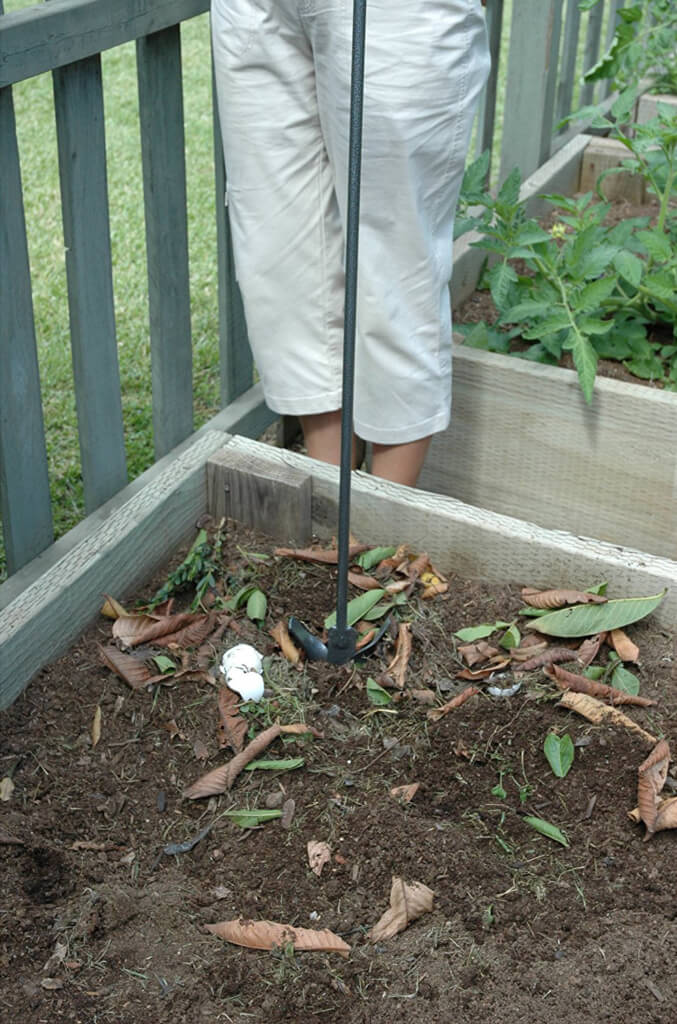
Now that you have your bins it is time to get everything else you need to become a composting machine. The number one thing you need is heavy duty gloves. Who wants to be touching decomposing organic matter with their bare hands? Not me that's for sure. You can find some great pairs at Home Depot or Lowes. The next thing that you need is a aerator. This tool is used to create pockets for air flow. This aids in decomposition and keeps your pile from getting smelly. Once you are well on your way you will want a screen to sift through your compost. This will separate the black gold that is ready to feed your garden from the large clumps that may need a little bit more time. This thing you should already have... a shovel. If you are composting a lot you aren't going to want to use your hands for all of it. If you are planning on having a large compost pile to go with your large garden you are going to want a wheelbarrow to transport from one to the other. Waiting Game
Now that your compost pile is ready to go you can do nothing and it will be ready in about one year. With regular maintenance, you could have something useable in several months. While you wait you will want to be sure you keep everything moist but not saturated. It shouldn't smell bad. It should smell like the earth. If you are experiencing something different that means you put something in your compost pile that you shouldn't have. Below is a handy chart of what goes in and what should go in the trash.
Tags
Subscribe to Erdmann Exterior Designs's Blog





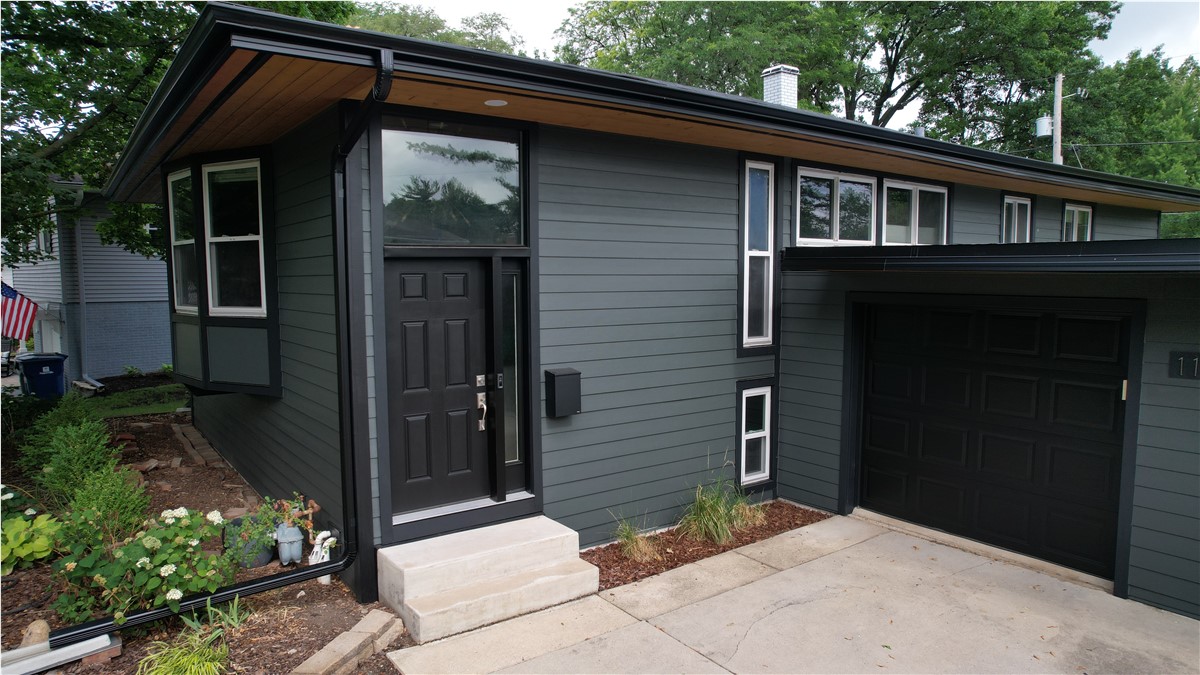
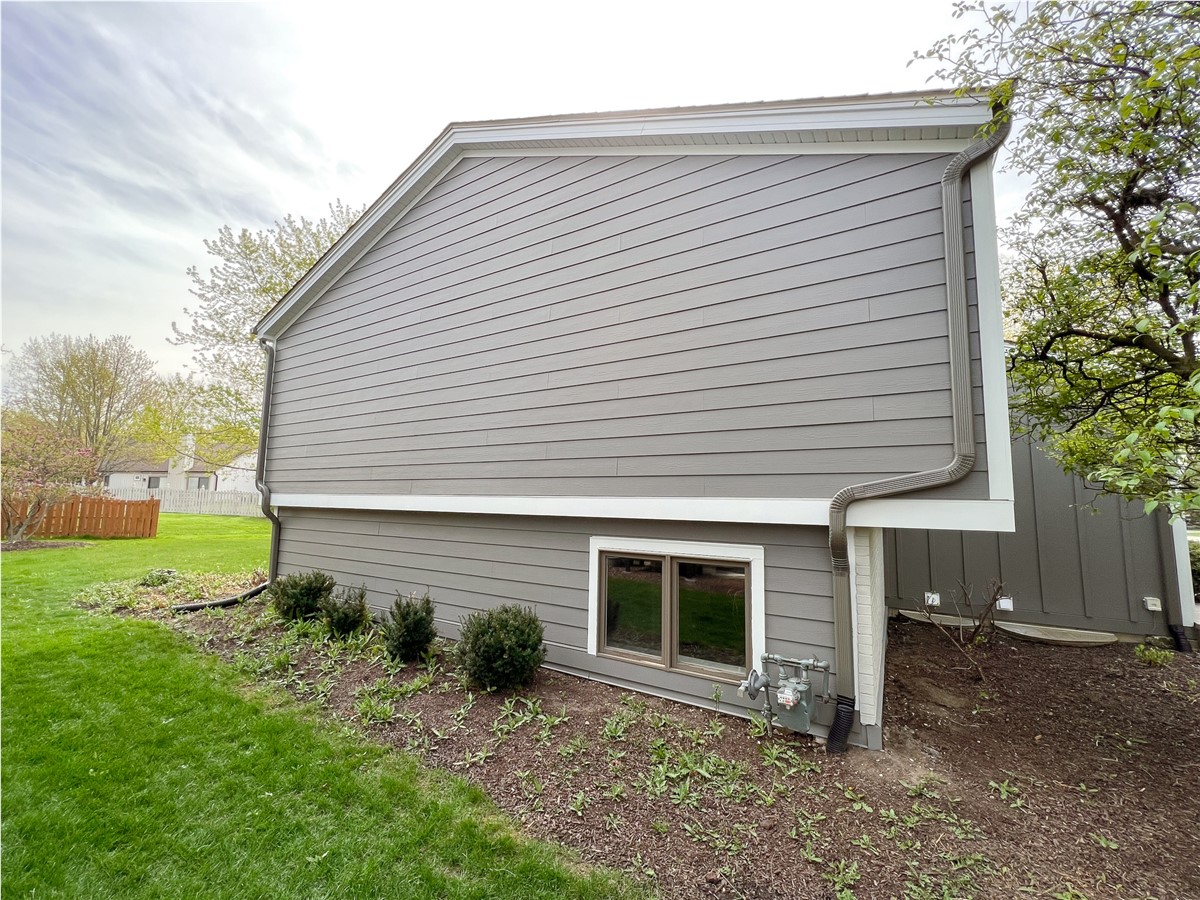
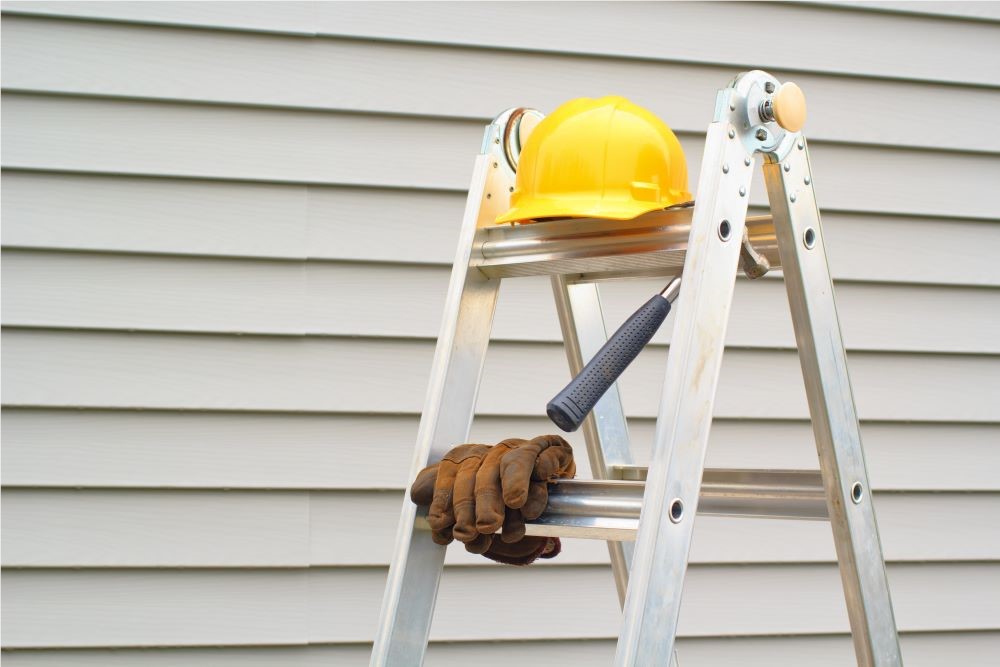

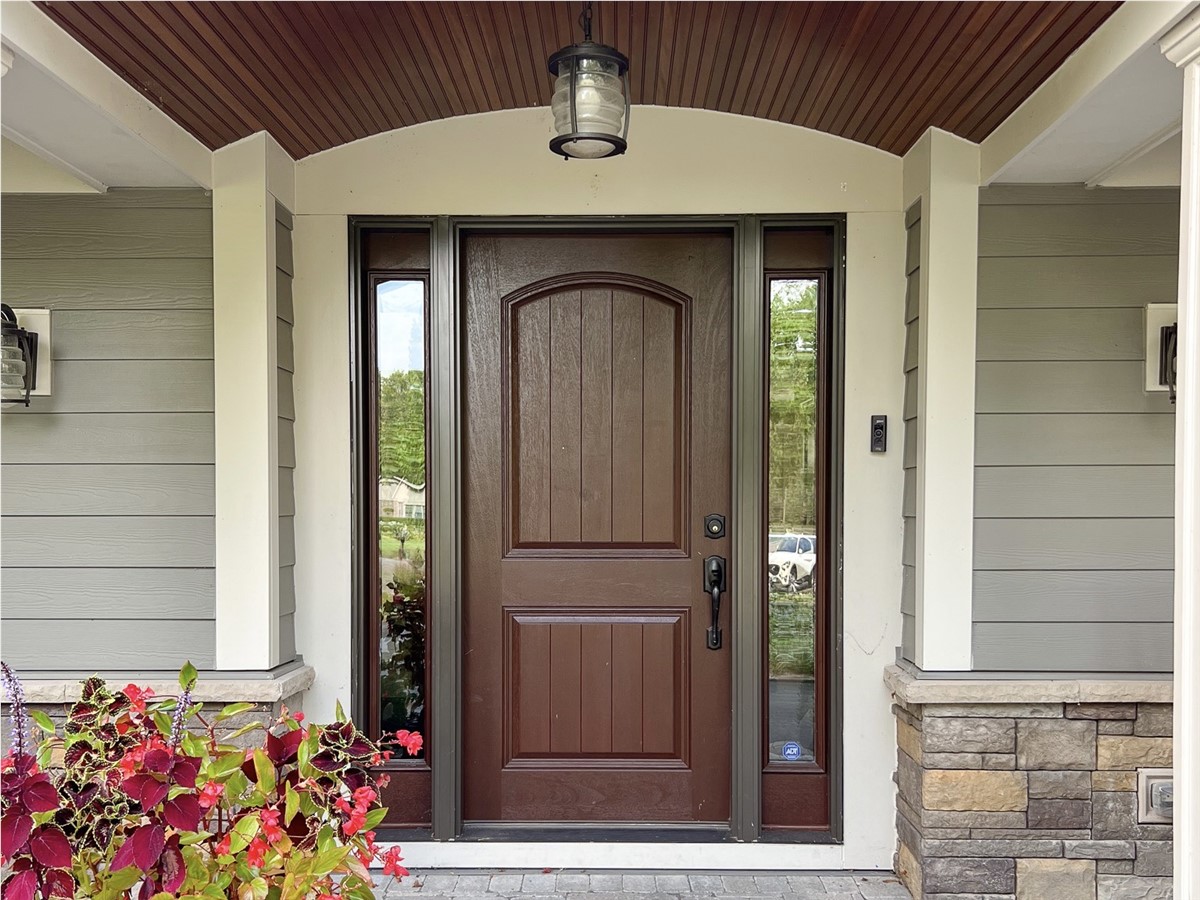

Comments